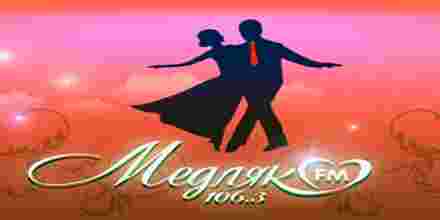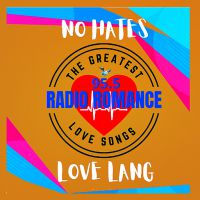A love song is a musical composition that expresses the feelings of love, affection, and romance between two individuals. This genre transcends cultural boundaries and has been a staple in various forms of music throughout history, from classical ballads to contemporary pop hits. Love songs often explore themes of longing, desire, heartbreak, and joy, capturing the complexities of human emotions.
The structure of a love song typically includes verses that build the narrative, choruses that emphasize the central theme or emotion, and bridges that provide contrast or deeper insight into the story. Lyrics in love songs are usually poetic and evocative, using metaphors and vivid imagery to convey the depth of feelings experienced by the singer. The melody is often melodic and harmonious, designed to resonate with listeners on an emotional level.
One of the defining characteristics of a love song is its ability to evoke nostalgia. Many love songs recall past experiences or anticipate future ones, creating a sense of longing for what was or could be. This nostalgic quality makes love songs particularly powerful in evoking memories and emotions associated with significant moments in one's life.
Love songs can be categorized into various sub-genres based on their emotional tone and lyrical content. Upbeat love songs often convey joy, excitement, and optimism about a new relationship or rekindled feelings. These songs are characterized by lively rhythms, bright instrumentation, and uplifting lyrics that celebrate the happiness of being in love.
In contrast, slow love songs tend to be more introspective and melancholic, exploring themes of longing, heartache, and the pain of separation. These ballads typically feature soft melodies, gentle harmonies, and poignant lyrics that delve into the emotional turmoil of unrequited love or lost connections.
Love songs also play a crucial role in various cultural traditions around the world. In many societies, they are an integral part of courtship rituals, weddings, and other celebratory events. For example, in Latin American cultures, boleros and rancheras often express deep romantic sentiments, while Indian filmi music incorporates love songs that are central to Bollywood films.
The evolution of love songs has been influenced by technological advancements and changes in societal norms. With the advent of recording technology, love songs became more accessible, allowing artists to reach wider audiences. The rise of radio and television further popularized this genre, making it a staple in mainstream music.
In contemporary times, digital platforms have revolutionized how love songs are created, distributed, and consumed. Artists can now experiment with different sounds and styles, blending traditional elements with modern production techniques. This has led to the emergence of unique sub-genres within the love song category, such as electronic dance music (EDM) love tracks or hip-hop ballads.
Despite these changes, the essence of a love song remains constant: it is a universal expression of human emotion that transcends time and culture. Whether sung in a quiet moment or performed on a grand stage, love songs have the power to touch hearts, evoke memories, and inspire connections between people. They serve as a testament to the enduring appeal of romance and the timeless beauty of love itself.
 3.1k
Albania, Tirana Love song 128 kbps MP3
3.1k
Albania, Tirana Love song 128 kbps MP3 1.2k
1.2k
 5
Germany, Berlin Love song 128 kbps MP3
5
Germany, Berlin Love song 128 kbps MP3 Love Pinoy RadioLove Pinoy Radio
Love Pinoy RadioLove Pinoy Radio 1.2k
Philippines Love song
1.2k
Philippines Love song



























